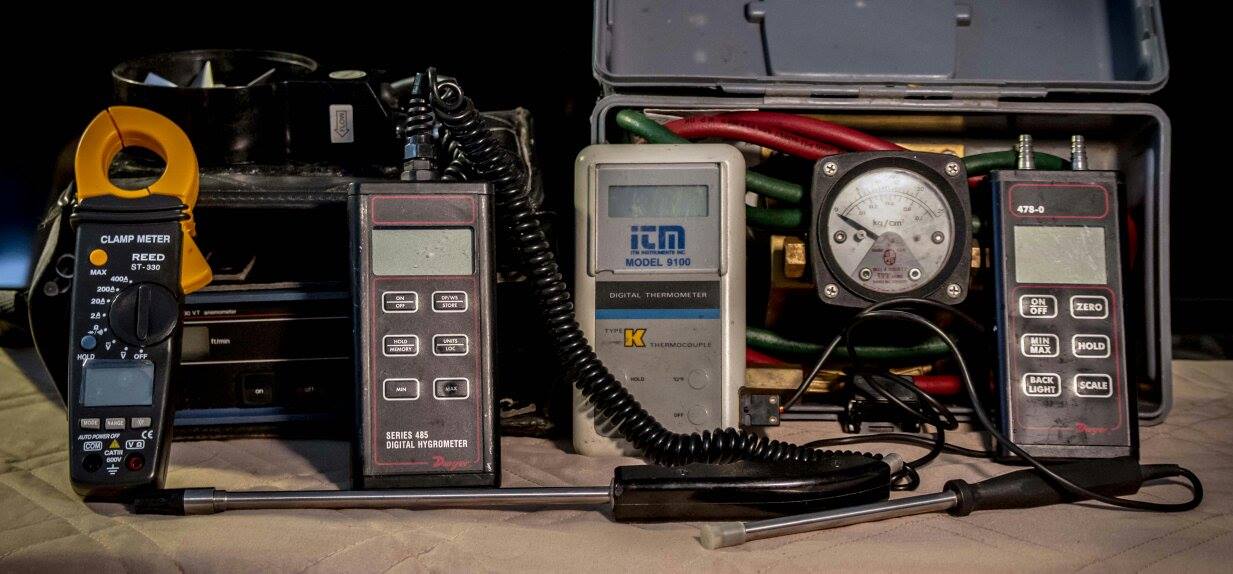Types of Windows, What are prime windows

Types of windows, speaks to what are prime windows, what are storm windows, what are sliding windows.
Speaks to the many styles and models which are available for building construction today.
Prime window is one that is made to be installed permanently in a building.
Storm window is a removable auxiliary unit that is added seasonally to a prime window to improve its thermal performance.
Combination window is an alternative to a storm window and is an auxiliary unit that incorporates both glass and insect screening as a portion of the glass is mounted in a sash that can be opened in summer to allow ventilation through the screening. A combination window is normally left in place year round.
Replacement windows are those that are designed and manufactured to install easily in the openings left by deteriorated windows removed from older buildings.
Fixed windows are one of the types of windows that are the least expensive and the least likely to leak air or water because they have no operable components.
Single and double hung windows have one or two moving sashes which are the frames in which the glass is mounted. The sashes slide up and down in tracks that are part of the window frame. In older windows the sashes were held in position by cords and counterweights, but today’s double hung windows usually rely on a system of springs to counterbalance the weight of the sashes.
Sliding window is essentially a single hung window on its side and shares with single hung and double hung windows the advantage that tracks in the frame hold the sashes securely along two opposite sides. This inherently stable construction allows single hung, double hung and sliding windows to be designed in an almost unlimited ranges of sizes and proportions.
Projected windows are principally casement windows, awning windows, hopper windows, inswinging windows and pivot windows. All projected windows have sashes that rotate outwards or inward from their frames and therefore must have enough structural stiffness to resist wind loads while being supported only at two corners.
Casement windows assist in catching passing breezes and inducing ventilation through the building. They are generally narrow in width but can be joined to one another and to sashes of fixed glass to fill wider openings.
Awning windows can be broad but are not usually tall. They have the advantages of protecting an open window from water during a rainstorm and of lending themselves to a building block approach to the design of window walls.
Hopper windows are more common in commercial buildings than in residential ones. Like awning windows they will admit little or no rainwater if left open during a rainstorm since they are inswinging.
Triple hung window is the exception where no window with sashes that slide can be opened to more than half its total area. By contrast, many projected windows can be opened to virtually their full area.
Tilt turn windows are a type of projected window with clever concealed hardware that allows each window to be operated either as an inswinging side hinged window or hopper.
Skylights also called unit skylights which will distinguish them from larger, framed in place skylights may be fixed or operable. The term roof window is also on occasion applied to any venting skylight. At other times it is applied to only to operable window units that include some kind of inward rotation capability to make outside glass surfaces accessible from the inside for easier cleaning.
Return from Types of Windows to Home Page
Return from Types of Windows to Explain Windows
Hard copy and E book for sale. Introduction to Building Mechanical Systems. Click here.